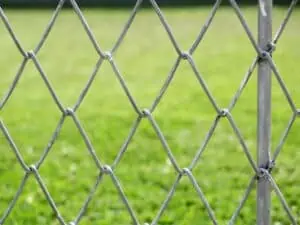How Long Does a Japanese Cedar Fence Last?
Japanese Cedar fence is a beautiful, light, strong, and inexpensive fencing option. Although still new on the market, this material has the potential to compete with Western Red Cedar and other fencing options. But how long does it last? Well, it depends on several factors. The climate, the condition of the wood, and the care you give it. Regardless of the type of cedar you use, the fence should be treated and maintained. If you take the proper precautions, you can be sure that your cedar fence will be around for many years.
(Looking for fencing in Missoula? Contact us today!)

One of the main reasons why cedar is considered the best choice for a fence is that it is resistant to decay, rot, and insects. Depending on the climate and the condition of the wood, a cedar fence can last from 15 to 30 years. If you want to extend its lifespan, you can treat the wood with a quality stain and sealer. This will help protect the wood from damage and keep it looking its best. It also prevents the natural oils from degrading over time.
If you choose to use redwood, you should treat the fence before installing it. Unlike spruce, redwood is a more durable wood and is also more environmentally friendly. However, it costs about 20 to 22 percent more than cedar. It is also a much denser wood.
You can use a water-resistant stain to protect the wood from UV rays. Then, you should reapply the stain every couple of years. You can also use a semi-transparent stain to minimize fading. If you apply a transparent stain, you’ll need to reapply it every five to seven years.
You should not use treated pine for your pickets. It isn’t as sturdy as real cedar. It is also not as resistant to damage and insects as real cedar. So, it is recommended to use a premium wood stain and sealer for the fence.
It’s important to acclimatize new cedar before applying the finish. This will ensure that the wood is fully adapted to its environment and it is protected from weather. In addition, you should back-brush the wood to make sure the stain penetrates the wood and goes into all nooks and crannies. Then, it should dry for at least 24 hours.
If you plan to use an oil-based primer instead of a latex paint treatment, you may be able to get longer use out of your cedar fence. It’s also advisable to use fasteners with corrosion resistance.
You can also treat your cedar fence with a water-resistant sealer. This will ensure that the wood doesn’t absorb water, which will prevent the fence from degrading over time. It will also help it resist damage from storms. You should also apply the sealer every couple of years. This will help the fence remain strong and free of rust.
The only downside to using Japanese cedar is that it is not as stable as Western Red Cedar. In addition, it is susceptible to twisting and warping.

